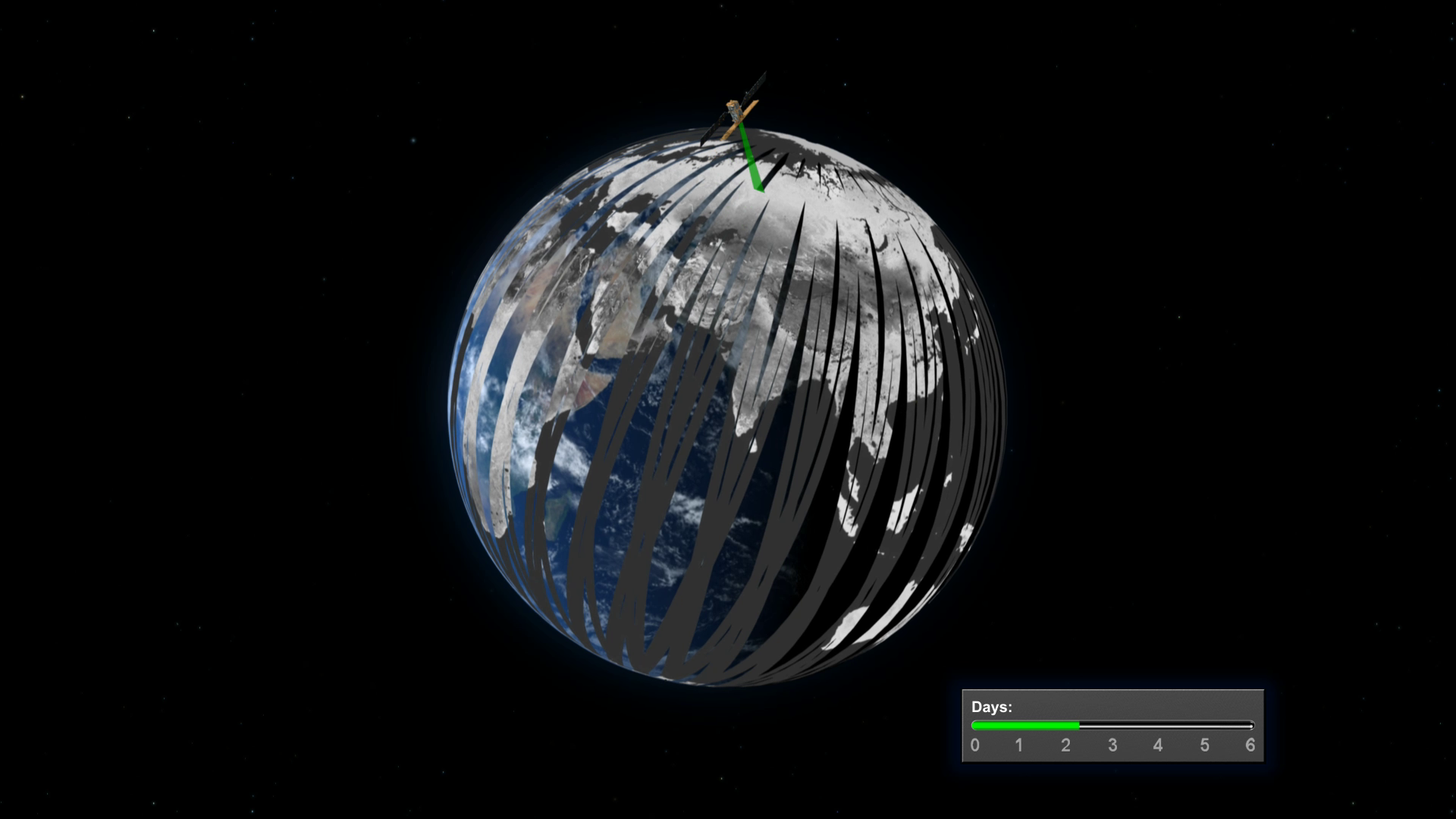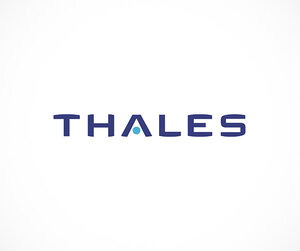Satellite constellation
The Sentinel-1 mission is designed as a two-satellite constellation. The identical satellites orbit Earth 180° apart and at an altitude of almost 700 km. This configuration optimises coverage, offering a global revisit time of just six days.
At the equator, however, the repeat frequency is just three days and less than one day over the Arctic. Europe, Canada and main shipping routes are covered in less than three days.


Access the video
Designed and built by a consortium of around 60 companies led by Thales Alenia Space and Airbus Defence and Space, the Sentinel-1 satellites are an outstanding example of Europe’s technological excellence.
Each satellite, weighing 2185 kg, has been designed for a minimum lifetime of seven years in orbit. The design has benefited from experience gained with Canada’s Radarsat-2 and Italy’s Cosmo-SkyMed and uses the Piattaforma Italiana Multi Applicativa, PRIMA, satellite platform with a mission-specific instrument, the C-band synthetic aperture radar in this case.
As well as the 12-m long radar, the satellites each carry two 10 m-long solar wings. During launch, the solar wings and radar are folded up for protection and to fit into the rocket fairing.


Access the video
After the satellite is released into space, the solar wings and radar deploy together, but in a specific sequence that takes around 10 hours to complete. The sequence is unique, choreographed to ensure that both deploy in the safest possible way. The sequence also allows power from the wings to be available as soon as possible so that the satellite is independent.
Back to Sentinel-1 homepage |














 Germany
Germany
 Austria
Austria
 Belgium
Belgium
 Denmark
Denmark
 Spain
Spain
 Estonia
Estonia
 Finland
Finland
 France
France
 Greece
Greece
 Hungary
Hungary
 Ireland
Ireland
 Italy
Italy
 Luxembourg
Luxembourg
 Norway
Norway
 The Netherlands
The Netherlands
 Poland
Poland
 Portugal
Portugal
 Czechia
Czechia
 Romania
Romania
 United Kingdom
United Kingdom
 Slovenia
Slovenia
 Sweden
Sweden
 Switzerland
Switzerland
































